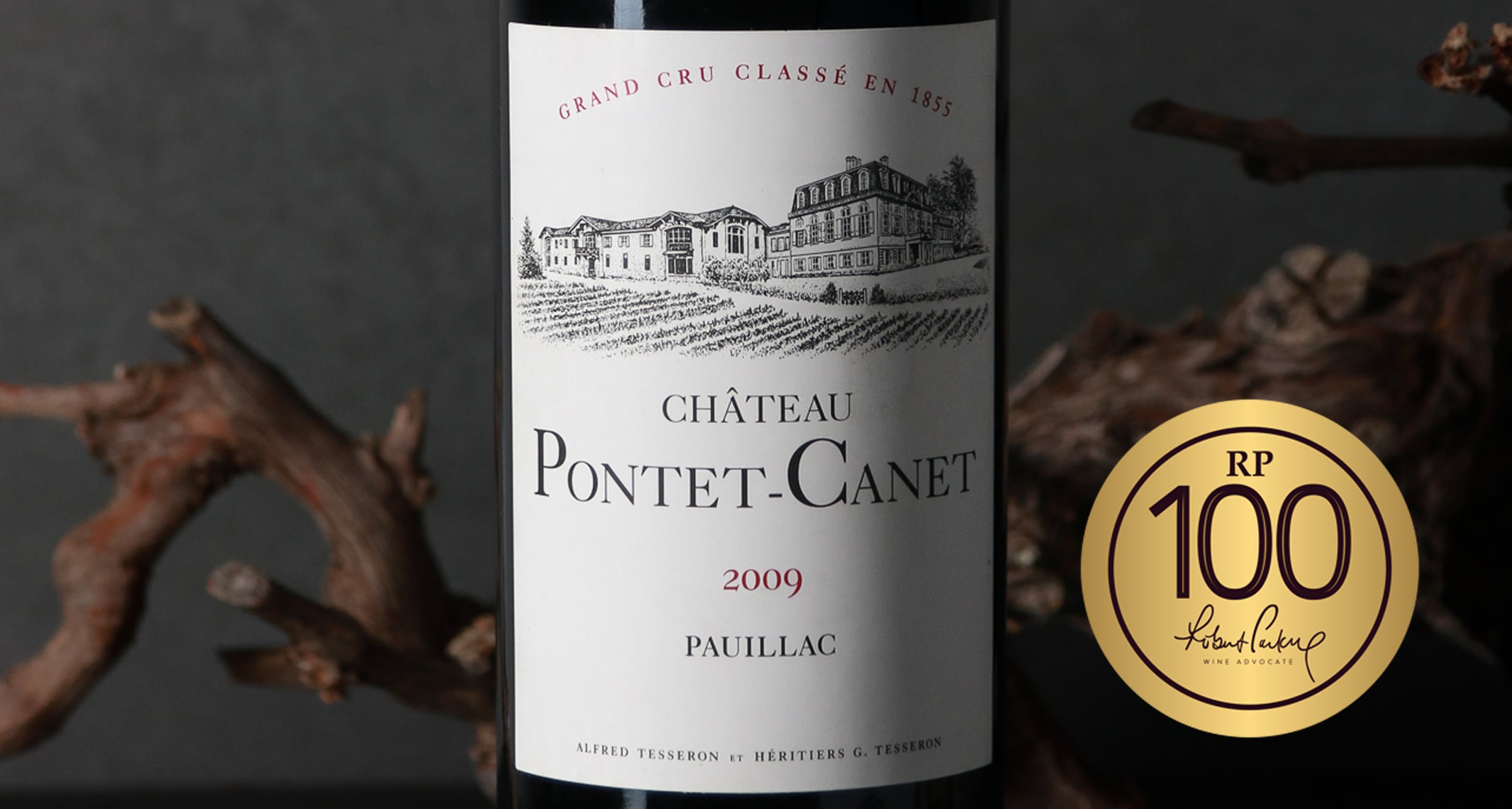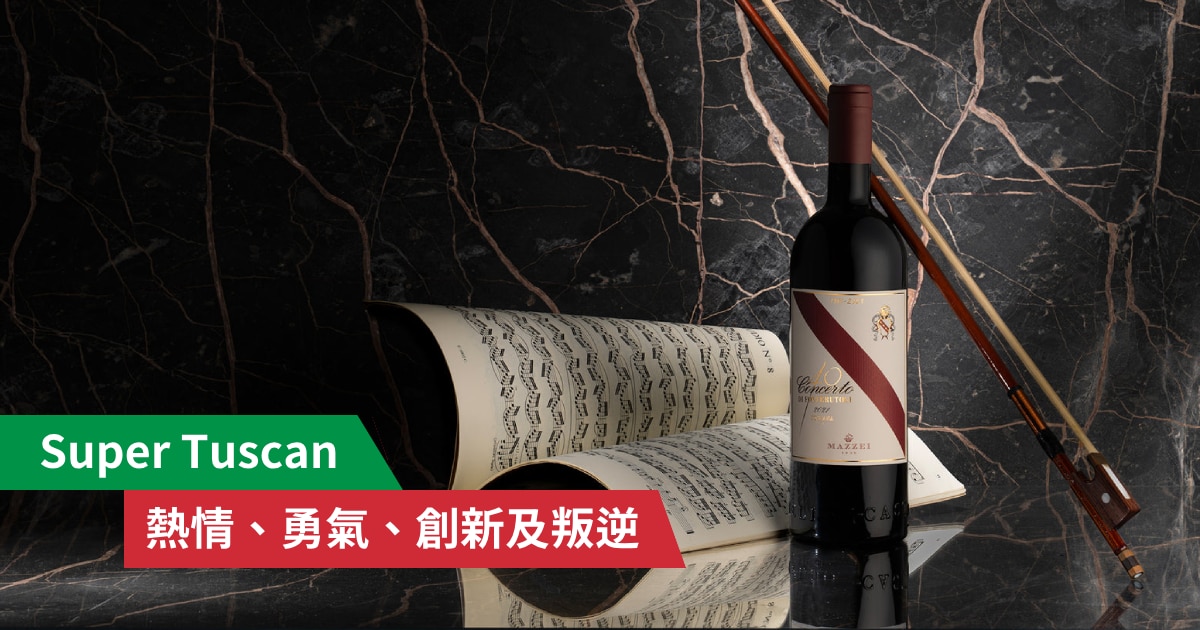What is your favourite wine grape variety? Many people will say Pinot Noir, Cabernet Sauvignon, or Shiraz, or even Nebbiolo from Italy. In fact, there is another grape variety with a unique and varied style that certainly deserves your love. It has both a Cabernet Sauvignon-like structure and a Grenache-like fruity aroma and is the 4th most-planted variety in the world – this grape variety is Tempranillo! If you are not sure about it, let’s list out the 5 reasons to fall in love with Tempranillo now!
1. Spanish National Treasure
Speaking of Tempranillo, one naturally thinks of Spain – it is a Spanish national treasure grape variety and the most widely planted red wine grape in the country. Famous producing regions include Rioja and Ribera del Duero. 87% of Tempranillo produced in the world comes from Spain. It is unquestionably the #1 grape of Spain.


Tempranillo is a thick-skinned grape with medium acidity. It needs sufficient warmth to develop rich flavours. However, hot climates without a high diurnal temperature range could cause the wine to lack the necessary acidity for an ideal balance. Where in the world can we find the suitable planting conditions? Many regions in Spain can provide ideal terroir for planting Tempranillo, as they can offer sufficient temperature moderated by the ocean and/or high altitude.
We often pick traditional international varieties when tasting wines. If you want to experience something different in a Spanish style, you should try Tempranillo!
2. A Great Diversity of Styles
Tempranillo has a relatively neutral aromatic profile when compared to other common grapes such as Cabernet Sauvignon and Pinot Noir. Therefore, it can present very different styles according to the variations of terroir, climate, and winemaking techniques, including blending, use of oak barrels, and aging. For example, Tempranillo produced in Rioja often has red fruit flavours and hints of sweet spice like cinnamon; while Ribera del Duero’s generally has a deeper, more intense style, with more prominent black fruit flavours and stronger tannins.
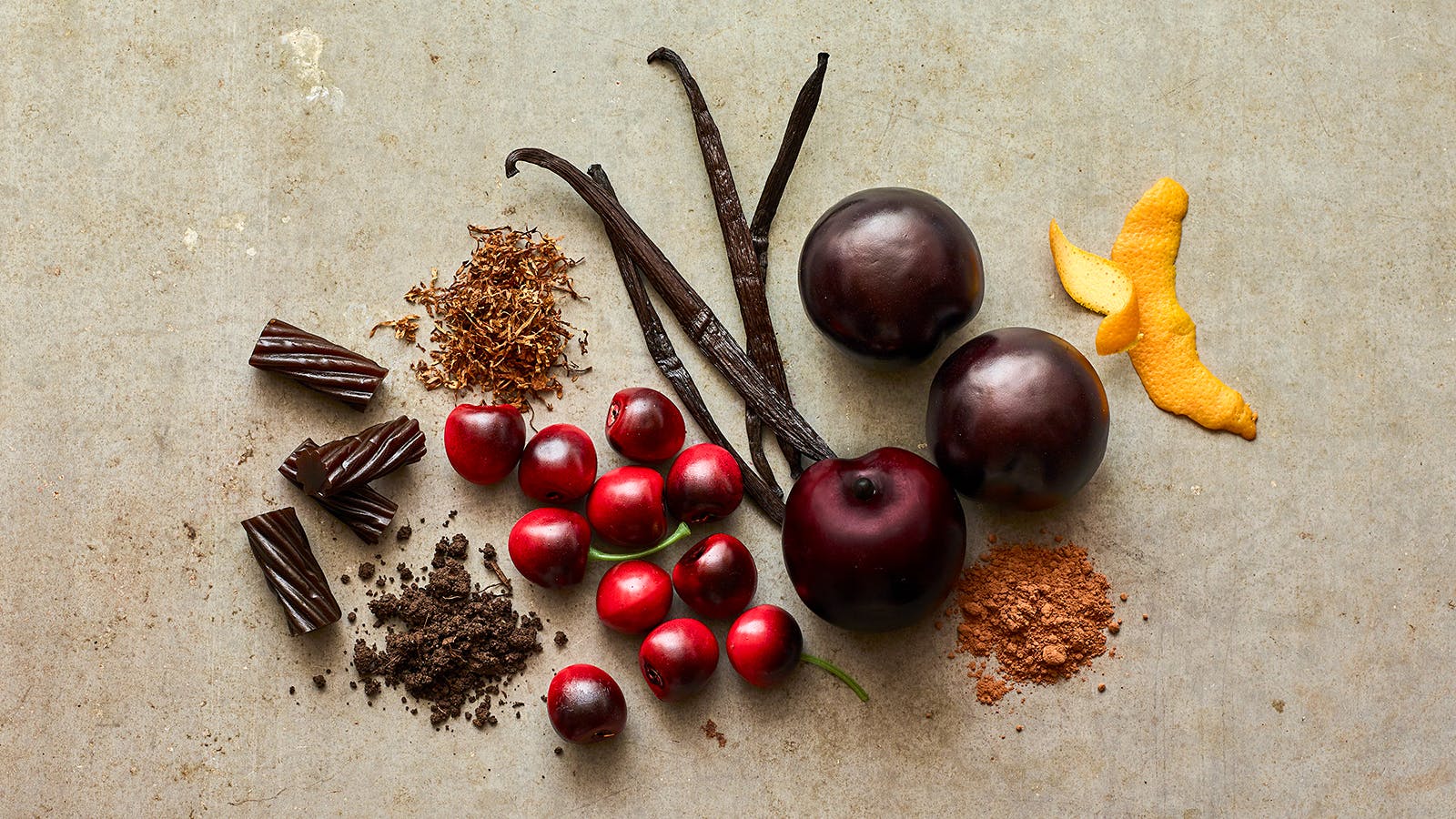
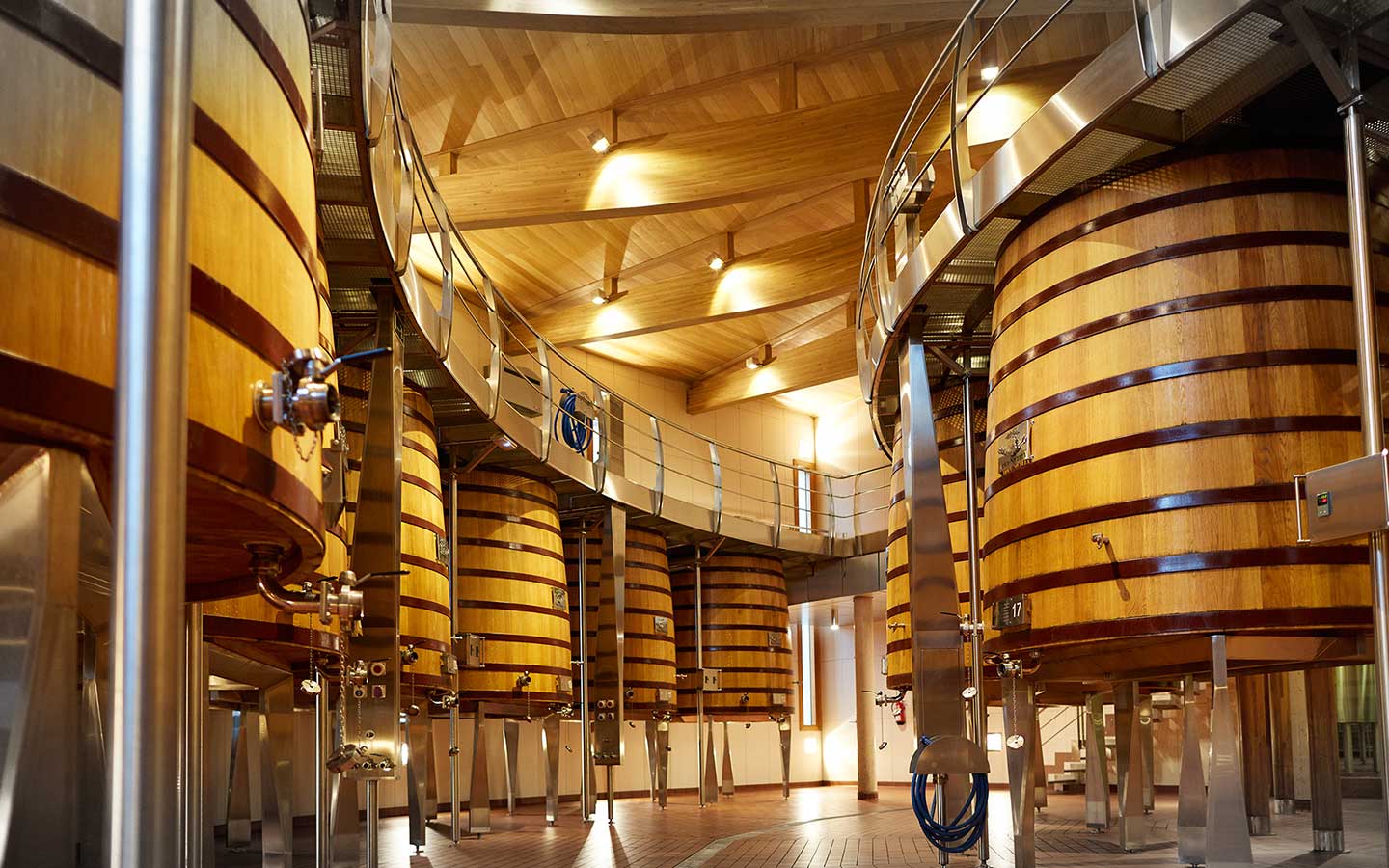
In terms of blending, it is often blended with Spanish traditional grapes Garnacha, Graciano, Carinena/Mazuelo, or some international varieties to create a rich wine with superb aging potential. These blends are usually aged in oak barrels. For example, many Rioja Tempranillo wines are aged in American barrels, thereby giving the resulting wines some vanilla and coconut notes. Tempranillo can also be made into a Joven wine (meaning “young” in Spanish), which is very refreshing and full of fresh strawberry flavour in style. It is not aged in oak barrels and perfect for being enjoyed young. It has become more and more popular in recent years.
3. Strong Aging Potential
When young, Tempranillo can be very fresh and fruity, but when planted in the right place and in the right ways, with oak and age, the resulting wine will become more mellow and develop a complex and attractive aromatic and flavour profile that serious connoisseurs are craving for. The world-renowned winery, Vega Sicilia, for example, has proved that Tempranillo can be made into a superb wine with the aging potential of decades.
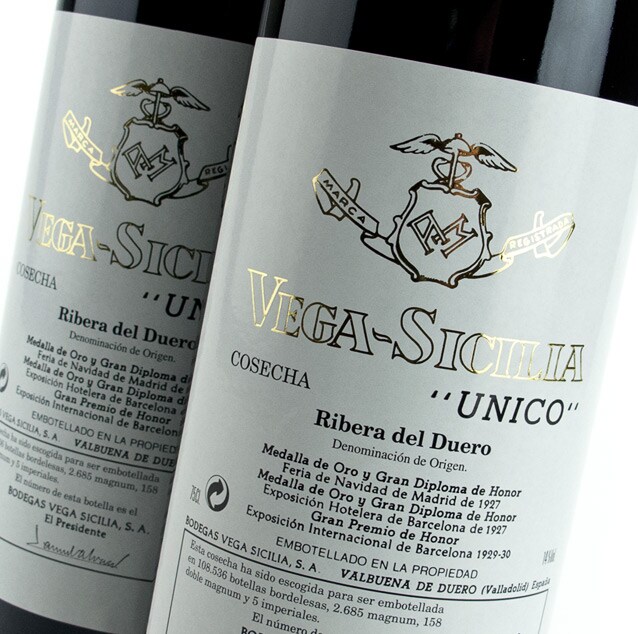
Aging is a very important part of Tempranillo in Spain. Local regulations classify wines according to the aging time in barrels and bottles, namely: Joven, Crianza, Reserva, and Gran Reserva. The younger Joven and Crianza Tempranillo mainly focus on the fruity aromas, while Reserva and Gran Reserva generally present a deeper black fruit aroma, dried leaves, tobacco, and the most iconic leather taste of aged Tempranillo, which is very unique.
| Red Wine | ||
| Designation | Minimum total aging (months) | Minimum time spent in barrels (months) |
| Joven | 0 | 0 |
| Crianza | 24 | 6 |
| Reserva | 36 | 12 |
| Gran Reserva | 60 | 18 |
4. Uprising in the International Market
Although Spain accounts for nearly 90% of the global Tempranillo production, in recent years the variety has been gaining popularity in different countries, and many innovative styles have been developed. With an increase in worldwide plantings of Tempranillo, many wine writers even regard it as one of the latest “international varieties”. For example, Spain’s neighbor Portugal, in central Alentejo and Douro, uses Tempranillo to make red wine and port wine.
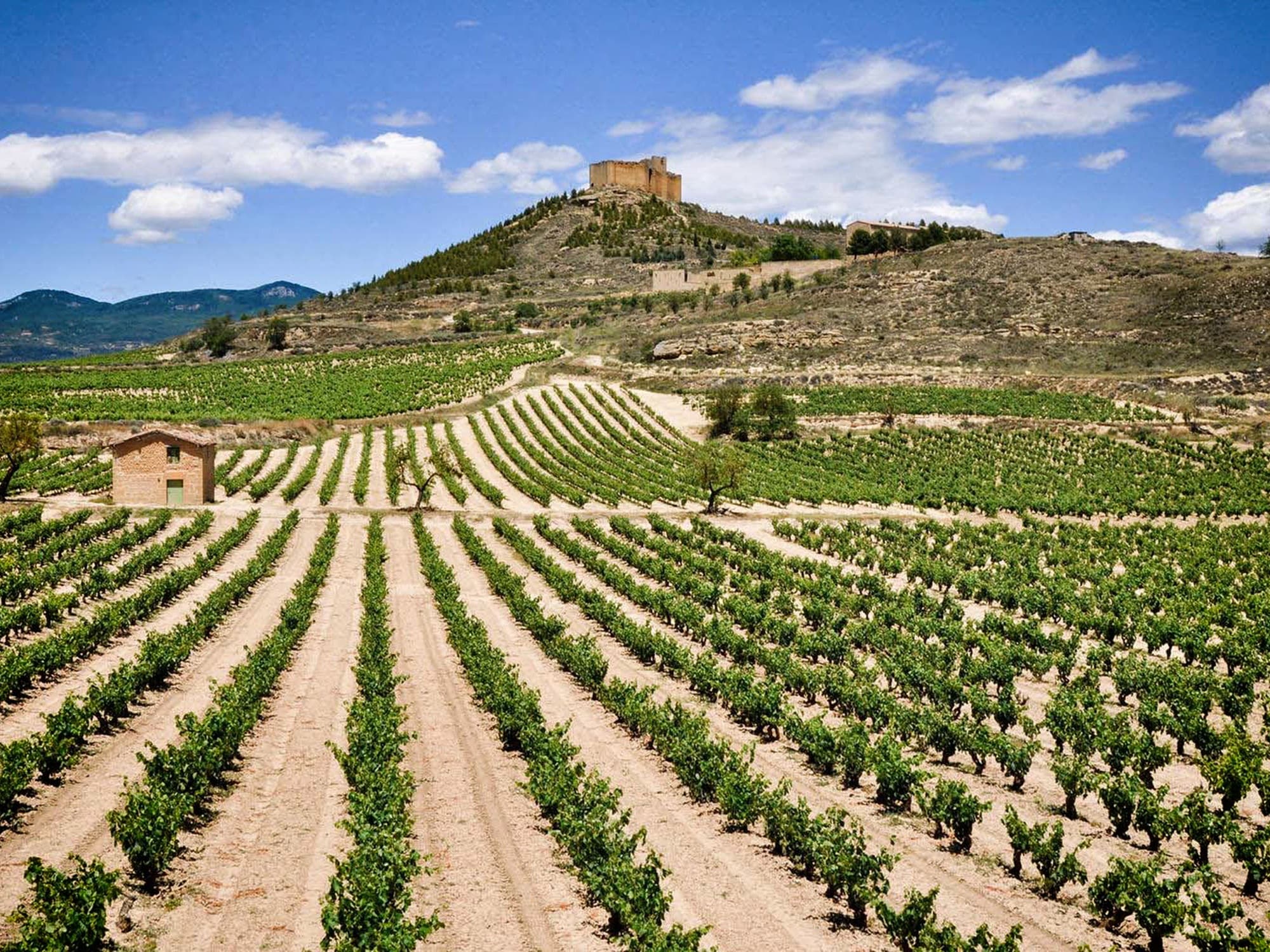
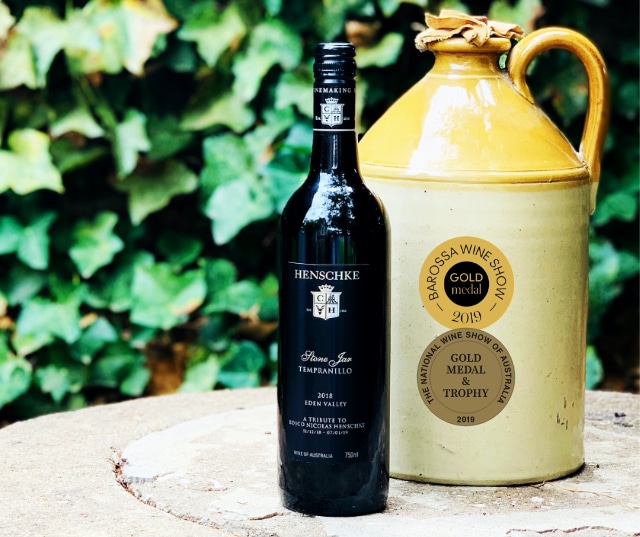
Stepping into the new world, wineries in many countries have planted Tempranillo too, such as Argentine winery Zuccardi, Australian winery Henschke and New Zealand winery Trinity Hill. Their different terroirs and winemaking techniques bring a unique personality to Tempranillo, allowing it to show a new face to the world. These New World Tempranillo are not produced and exported very much, and they are not easy to find in Hong Kong. It’s definitely worth a try!
5. Unpredictability…of its names!
Tempranillo is such a lovely, attractive, and highly versatile grape variety that should shine internationally, but why does it seem not as famous as other “international varieties”? One of the reasons is that it is too “mysterious”, and it is its name that puts a layer of mystery on itself! Tempranillo has many aliases. In Spain alone, it is called 10 different names in different regions. For example, Ribera del Duero will use “Tinta del País”, and other regions will also use “Cencibel”, “Tinto Fino”, “Ull de Llebre”, etc.; in Portugal, they call it “Aragonez” and “Tinta Roriz”. It comes as no surprise if people have tried Tempranillo but didn’t know that it was Tempranillo.

The variety of names make it difficult for consumers to recognize it and create hurdles for promotion. If you have tried Tempranillo and you like it, let’s remember its name and make this hidden gem shine – introduce it to more friends who love wine and who are willing to try something different!



 Same Day Pick-up
Same Day Pick-up













